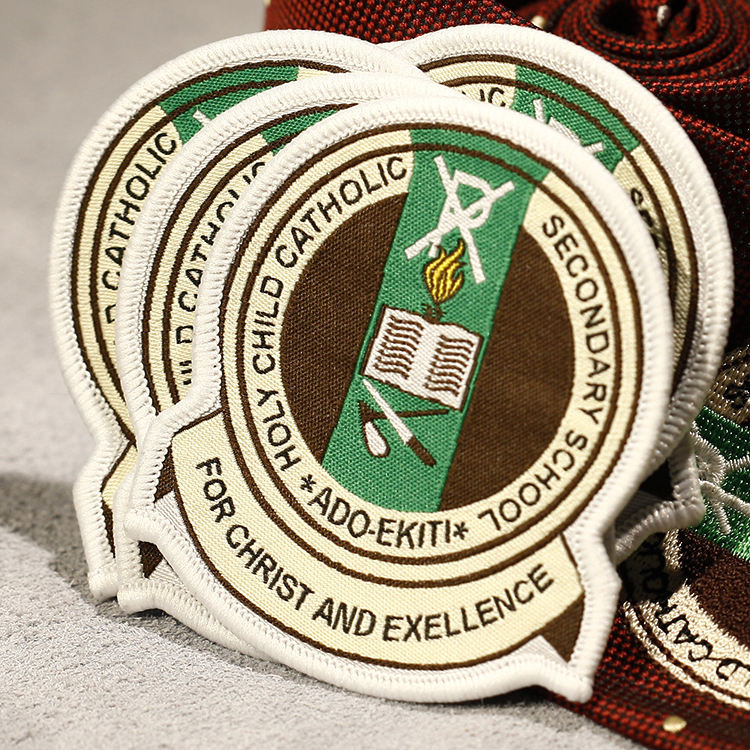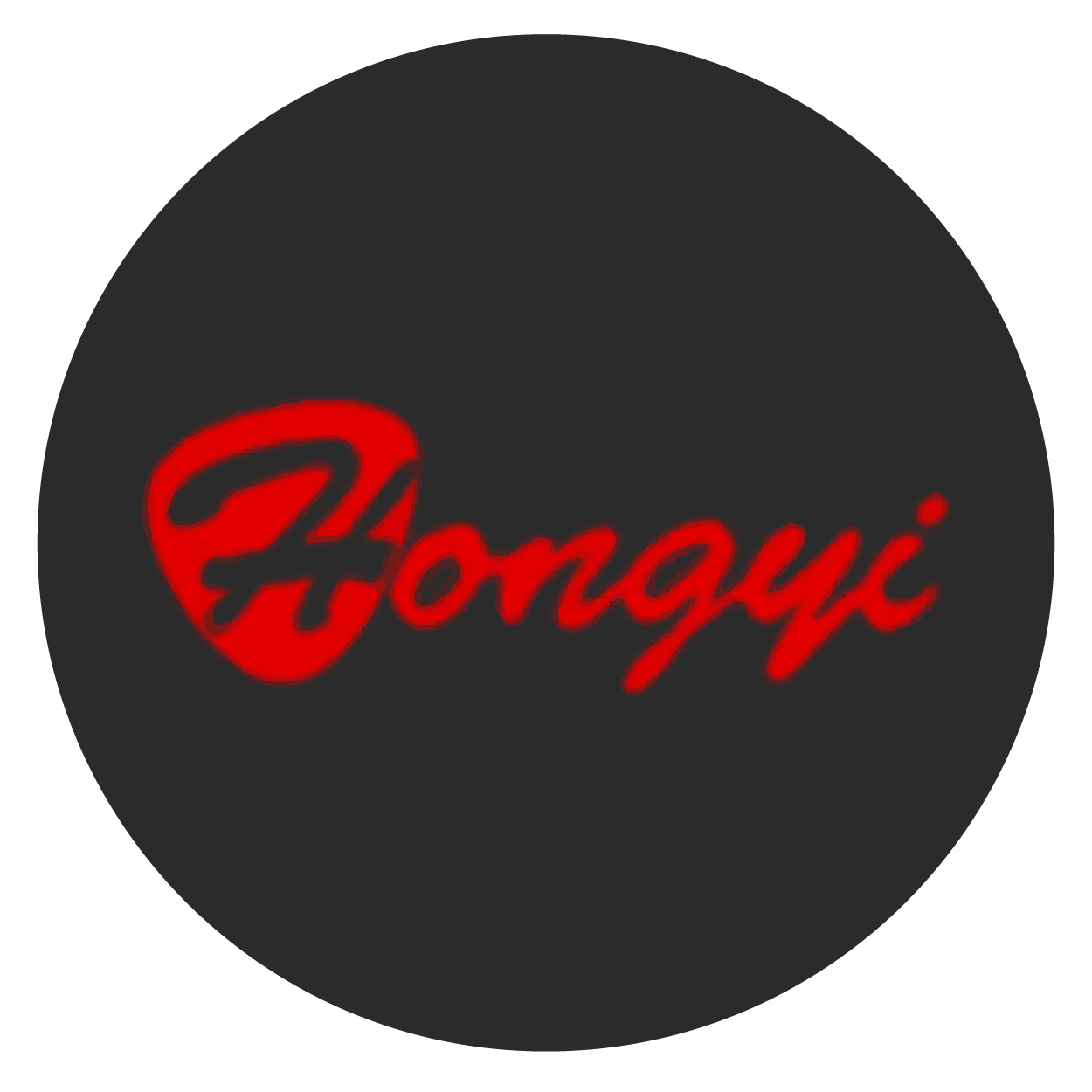As a beginner in plate making, one often finds it difficult to start after receiving a sample. So let’s talk about it here:
After receiving the flower manuscript, Shou needs to analyze the size and color coordination of the manuscript.
Analyzing the size and detail, the main thing for Zui is to have a detailed image of some measurement units in his mind, such as how big is a 1 mm unit? What posture is it embroidered on the fabric? These need to be practiced by oneself in order to achieve the correct/beautiful needlework!
The main focus of color matching is to analyze the order of colors. In multi color tricks, it is also important to pay attention to the organization of jumper lines between different colors. As most embroidery machines nowadays do not know how to cut threads (I think the main issue is speed), we need to make every effort to ensure that the jumper lines between colors are not pressed down and facilitate thread repair
2. General embroidery order
This is a very knowledgeable content, but I believe many beginners have not paid attention to it, which is the customary rule of “bottom to top, right to left” (of course, this is just a “convention”).
3. Fabric analysis and the connection between fabric color and trick color
Fabric has a significant impact on a trick, and different fabrics require different methods to plan the trick. Simply put, for loose, elastic, and furry fabrics, we need to create a solid bottom stitch to create a smooth and flat trick, and we need to do enough shortening and compensation.
The connection between fabric color and trick color can be simply stated: in contrast or contrasting colors, the corresponding stitch density is moderately increased. The stitch density can be moderately reduced when approaching the same color or the same color.
On the Pattern Planning of Embroidery Plate Making

29
Aug
